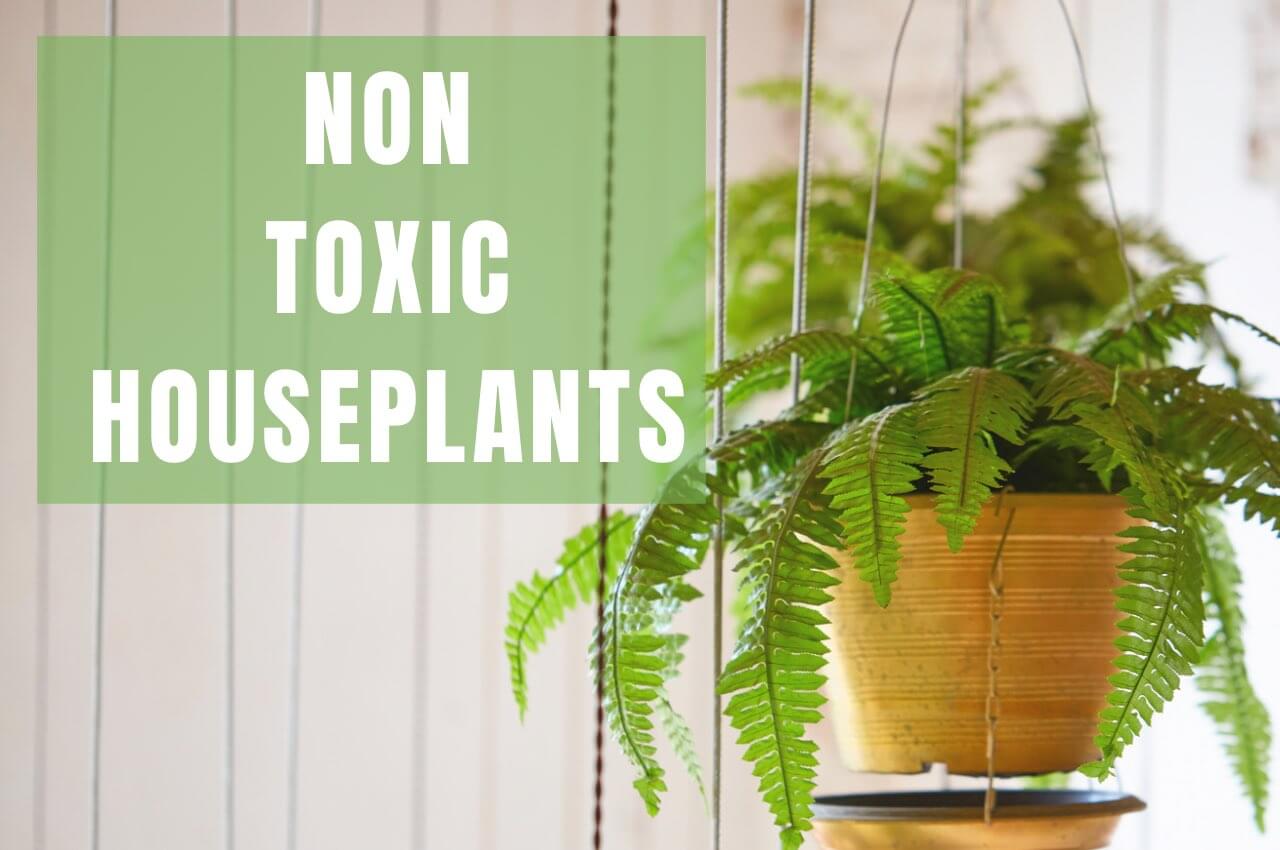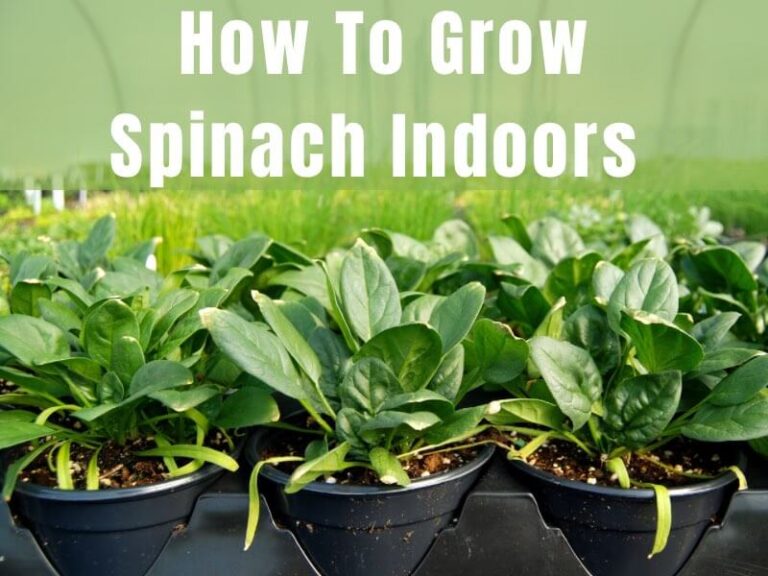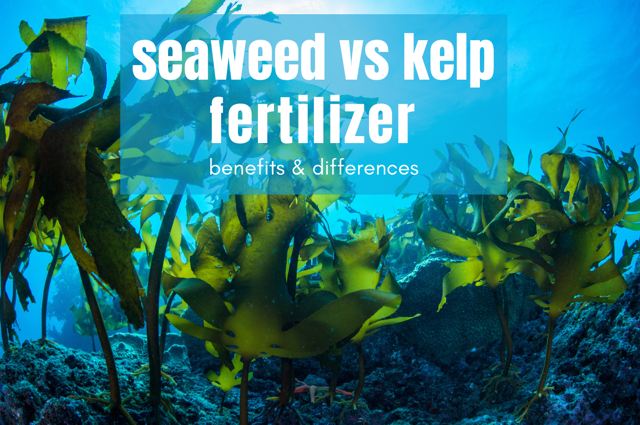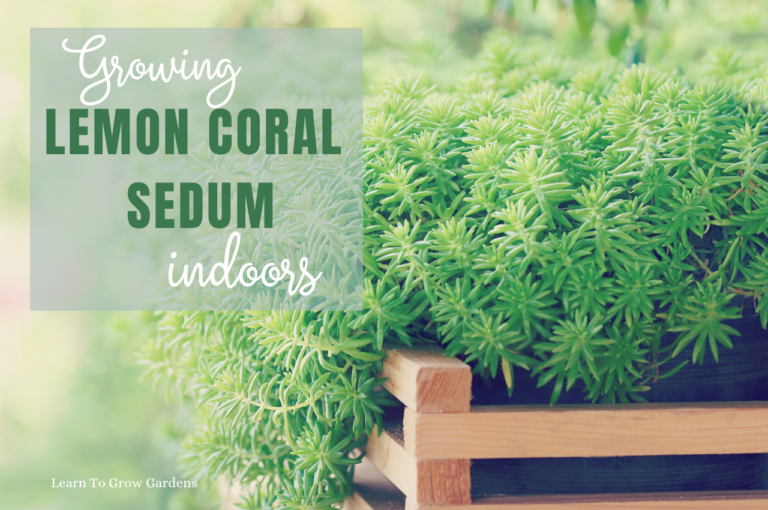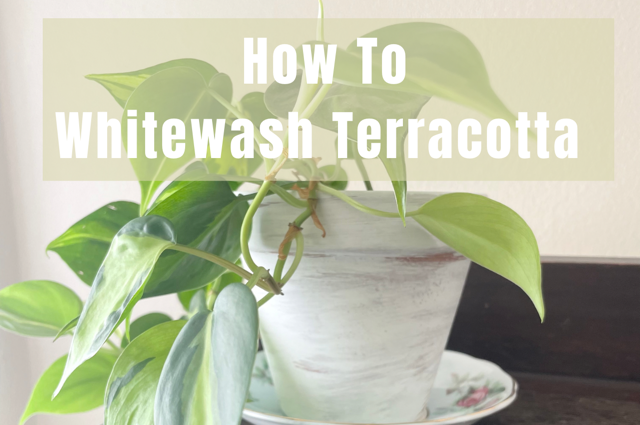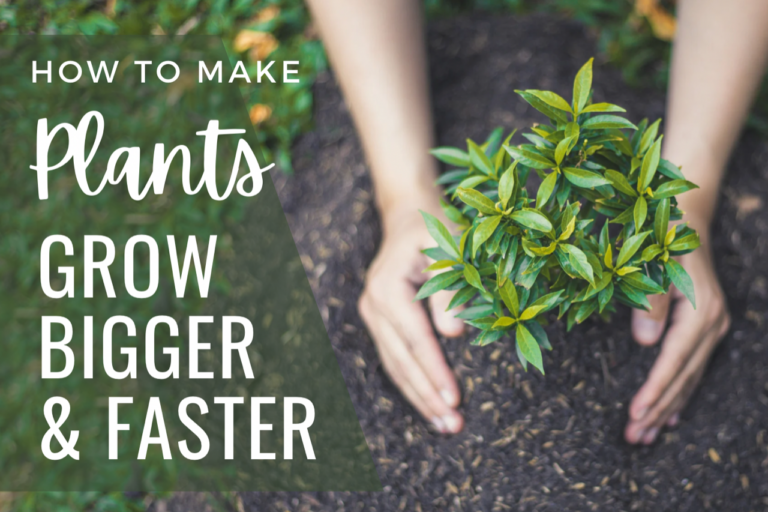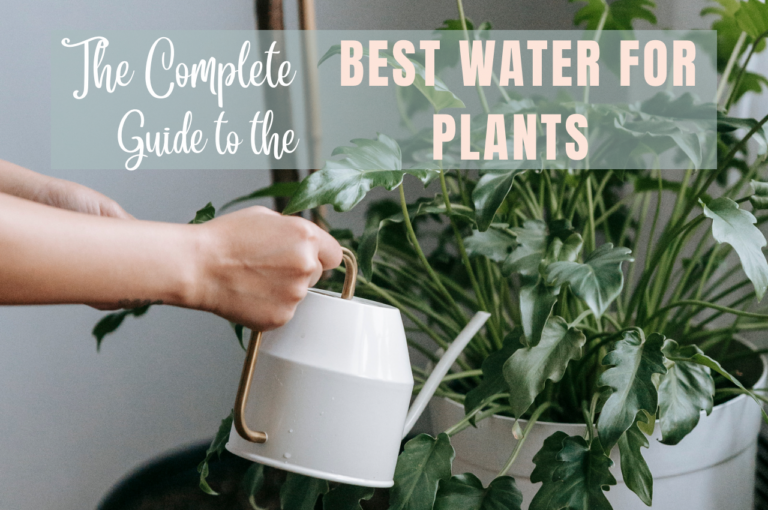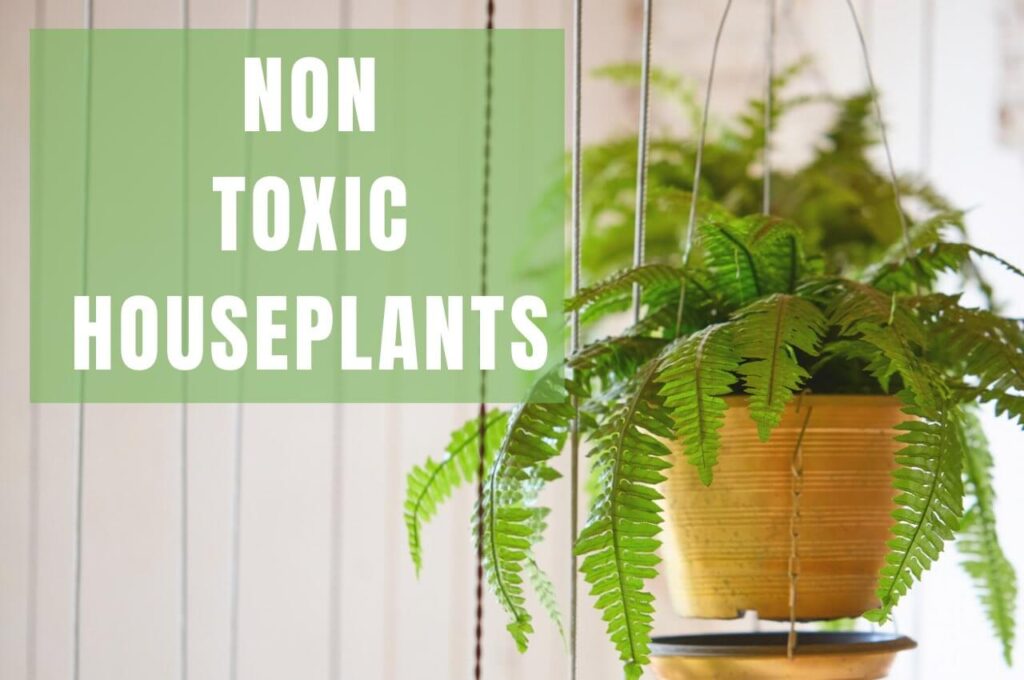
30 Best Non Toxic Houseplants: 30 Indoor Plants Safe For Kids & Pets
If you’ve recently ventured into the realm of collecting houseplants, welcome! We’re happy to have you. The addiction should be starting any time now. 🙂
If you have a houseplant or two and you also have kids or pets, you may be wondering if your houseplants are safe. Let’s face it…despite our best efforts, kids and pets put things in their mouths that they shouldn’t, plants included.
My oldest daughter once ate off a piece of a jade plant on the way home from the garden center “because she was hungry.” After an anxiety-ridden call to poison control, I learned that despite their toxicity, she hadn’t ingested enough to be harmful. Thank goodness!
It had never occurred to me before that moment that I needed to keep non-toxic plants, but I learned my lesson that day.
Kids and pets are notorious for putting random, non-food items in their mouths. Even if you keep a close eye on them, it only takes a minute for them to ingest a plant leaf or stem. For that reason, it’s best to stick with non-toxic houseplants or keep toxic houseplants well out of reach.
A quick note: non-toxic does not mean edible. Some plants on this list can cause mouth or throat irritation, or even vomiting. If high amounts are ingested, even the plants on this list can be toxic. These are not vegetables, they’re houseplants. Exercise caution, even with nontoxic houseplants.
If you suspect your child or pet has consumed a piece of a houseplant, reach out to poison control.
Before we get to the list, I’d like to point out some popular houseplants that are toxic, even in small amounts. Those include snake plant, monstera, pothos, and sago palm. If you have these in your home, keep them away from children or pets.
Now, let’s get onto the list!
Best non-toxic houseplants
1. Cast iron plant. Cast iron plants are a great option if you tend to forget about plants. They thrive on neglect, and are super low maintenance! Keep them in low to medium light, avoiding direct sunlight. Cast iron plants are sensitive to too much watering, so allow them to dry out between waterings.
2. Aloe Vera. Aloe plants are a popular houseplant, and for good reason. They’re easy to care for, grow fairly quickly, and can be found at most garden centers. Aloe plants prefer bright, indirect light and infrequent watering. Water aloe vera once every 2-3 weeks during the growing season, and even less often in winter. A good way to know if your aloe needs watered is to check if the top third of the soil is dry. If so, give it a deep watering and water again when the top third of the soil is dry.
3. Spider plant. Spider plants are great for cleaning the air in your home. NASA did a study on 3 popular houseplants and their ability to remove formaldehyde from the air. Spider plants removed 95% of the formaldehyde in a sealed plexiglass chamber within 24 hours! Spider plants prefer medium to bright indirect light, and slightly moist soil. I water mine about once per week, or when the soil starts to feel dry to the touch.
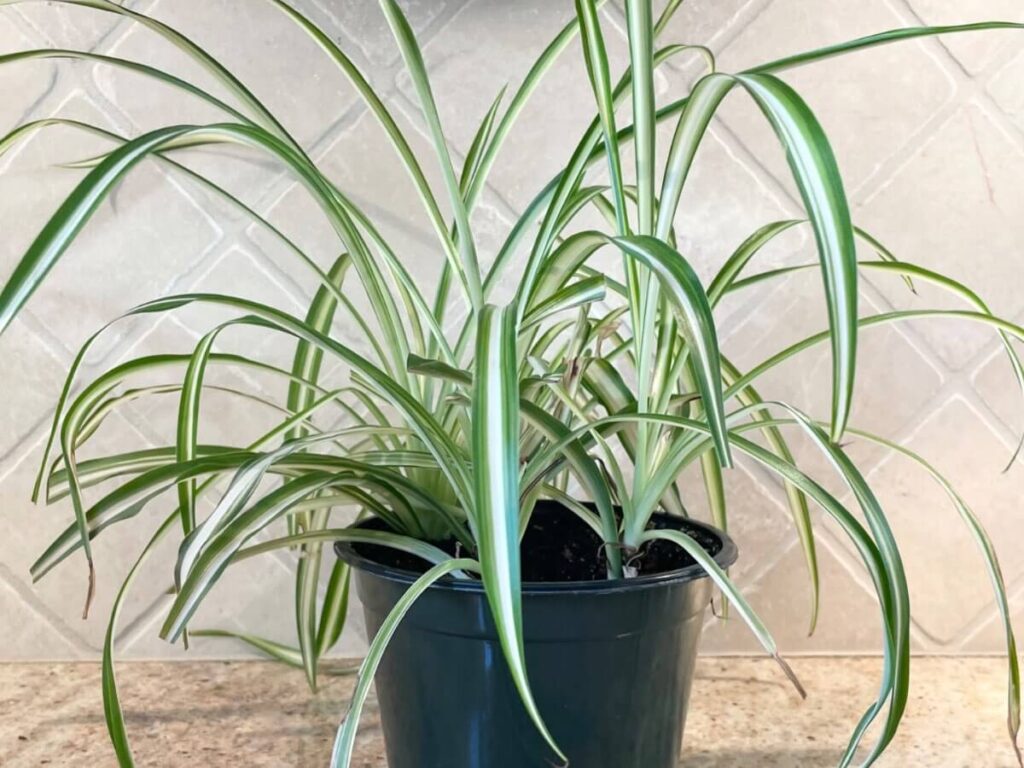
4. Boston fern. Another air-purifying houseplant option, the Boston fern is a tropical sword fern that’s been popular since Victorian times. Boston ferns need bright, indirect light and a spot away from drafts and heating vents. Mist the leaves every day in winter or place the pot on pebble-filled tray with water to increase humidity, and keep the soil evenly moist.
5. African violets. African violets are a relatively easy-care houseplant, if you know how to care for them properly. African violets prefer bright, indirect light for most of the day. A spot near a south facing window is best. Keep the soil moist, but not soggy, and avoid getting the leaves wet.
6. Prayer Plant. The Prayer Plant gets its name from it’s leaves that stay flat during the day and fold up at night, like praying hands. Prayer plants need bright, indirect light but they’re tolerant of lower light conditions. Keep the soil moist, but not wet, and use water that is room temperature or slightly warm.
7. Watermelon pilea, or aluminum plant. The watermelon pilea got its name because the leaves resemble the skin of a watermelon. Watermelon pilea need bright, indirect light and need lots of humidity. A bathroom with a southern facing window would be ideal, but a bright spot while seated on a pebble-filled tray with water works, too.
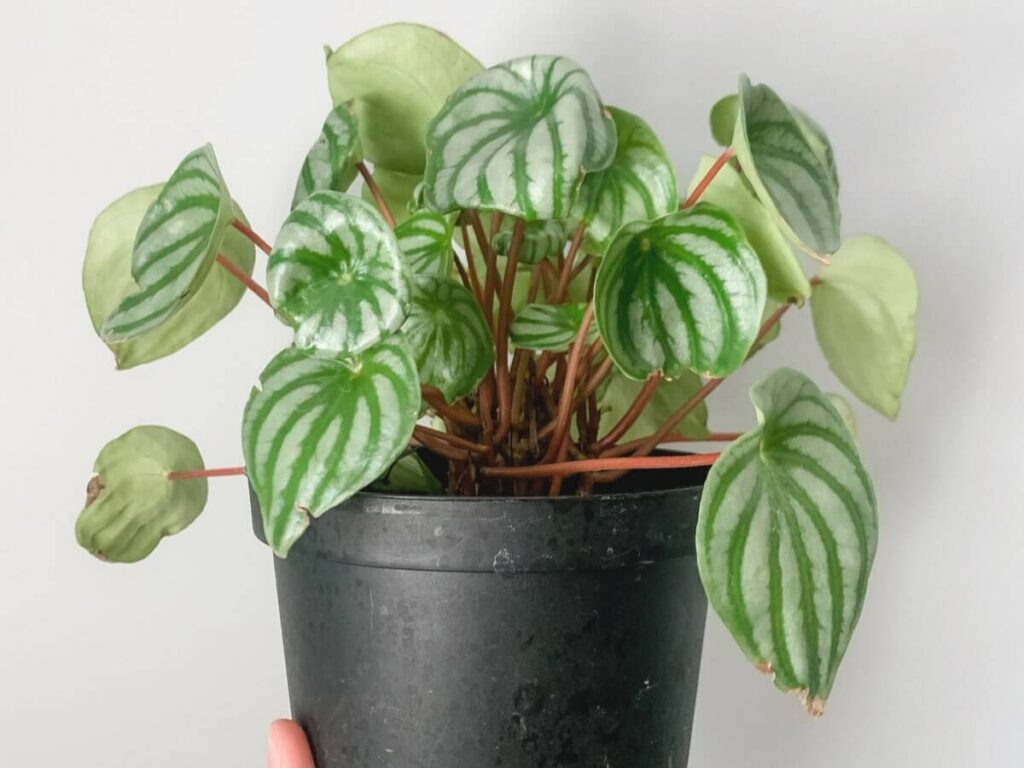
8. Lemon butter fern. Lemon butter ferns are a dwarf variety of Boston Ferns. Lemon Butter Ferns give off a slight lemony scent during spring and summer. They are tolerant of low to bright, indirect light but medium light is ideal. Keep the soil evenly moist, and never let it dry out between waterings.
9. Christmas Cactus. Christmas Cactus are a popular, low-maintenance houseplant that I’ve seen handed down from generation to generation. The Christmas Cactus blooms in shades of red, pink, orange, yellow, gold, cream and white. Christmas Cactus’ need bright, indirect light and evenly moist soil. Let the soil dry thoroughly between waterings but give it a thorough watering each time.
10. Chinese Money Plant. The Chinese Money Plant, also called a pilea plant, is a flowering perennial related to nettles. Although it rarely flowers when grown indoors, it’s a relatively easy-care houseplant. The Chinese Money Plant needs medium to bright indirect light and medium water. Allow the soil to dry out slightly between waterings, and then give it a thorough watering.
11. Wax plant. Wax plant, also known as porcelain flower or Hoya carnosa, is a waxy-leaved houseplant with sweet-smelling, fragrant flowers. Wax plants need bright, indirect light and a deep, thorough watering once per week. The leaves can be misted 1-2x per week for added humidity.
12. Rattlesnake plant. The Rattlesnake Plant is a tropical evergreen native to Brazil. Rattlesnake plant leaves point upward at night and lower back down in the daylight. For this reason they are sometimes called a Rattlesnake Prayer Plant. Rattlesnake Plants like bright, indirect light and well-drained soil. Water when the top inch of soil feels dry, just until water runs out of the drainage holes. Avoid overwatering.
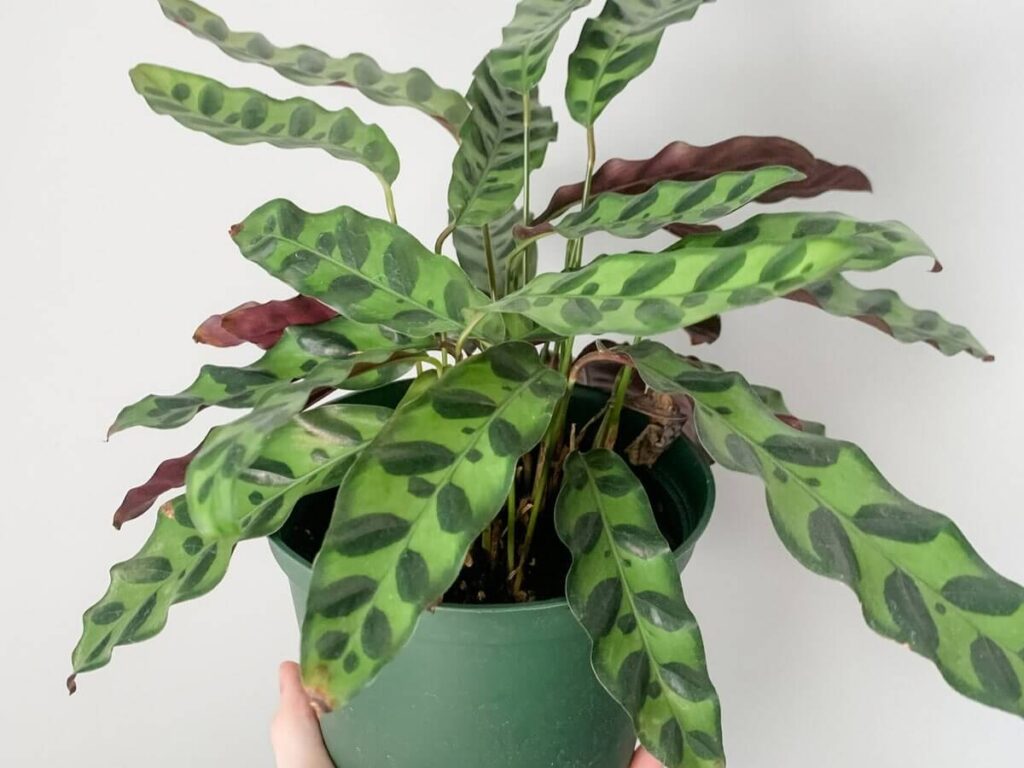
13. Money Tree. Money trees are an incredibly easy houseplant to grow. Money Trees are said to bring good luck and fortune, but they will definitely bring you a houseplant that can bounce right back from a little neglect. Our money tree has been forgotten about for longer than I care to admit, but with regular watering, it it perked right up and pushed out a bunch of new leaves. Money trees need bright, indirect light and medium water.
14. Ponytail Palm. Despite their appearance, Ponytail Palms are neither a palm nor a tree. These easy-care houseplants, with their fun, curling leaves and bulb-like trunk, are actually a succulent! Ponytail palms thrive in medium to bright, indirect light. Since it is a succulent, Allie the soil to dry out between waterings.
15. Parlor Palm. Parlor Palms can grow to 6ft tall or more with proper care and regular repotting, although it will be a slow growing journey to its full height. Parlor Palms well-tolerant of most lighting conditions and will even thrive in low to medium light. They can be sensitive to overwatering, so less is more. Water every 1-2 weeks and allow the soil to dry out between waterings.
16. Staghorn Fern. The Staghorn Fern is a unique houseplant, both in its appearance, and in the fact that it doesn’t require soil to grow. The Staghorn Fern, which resembles a set of deer or elk antlers, gets all the nutrients it needs directly from the air. For this reason, they are usually seen mounted on a wooden plank and hung on the wall. Staghorn Ferns need medium light, and high humidity. Spritz your plant several times per week, or keep in a humid area of your home, such as a bathroom. To water, remove your Staghorn Fern from its base and soak the roots in water for 10-20 minutes. Allow to drip dry and remount to the wooden base. Water once per week in the summer, and once every 2-3 weeks in winter.
17. Areca Palm, or Bamboo Palm. Areca palms resemble bamboo, with their smooth trunks, clumping habit, and narrow fronds. Areca palms can grow up to 8ft tall indoors, so give them lots of space as they grow. Give them bright light from a southern or western window and allow the soil to dry out between waterings. Areca Palms are sensitive to fluoride, so distilled or spring water is best.
18. Baby Rubber Plant. Baby Rubber Plants may resemble rubber plants, but they’re actually related to peperomia’s. Baby rubber plants have glossy, succulent-like leaves that can develop a trailing habit if given time. Baby rubber plants need medium to bright, indirect light and moderate water. Allow the top 1-2 inches of soil to dry out between waterings.
19. Moth Orchid. Moth orchids, or phalaenopsis orchid, are great for brightening up your home in winter, with their exotic, cheerful blooms. They’re also great for beginners and busy houseplant lovers because they’re super easy to care for. Moth orchids need bright, indirect sunlight. When watering, water until the water runs through the drainage holes in the bottom of the pot and allow to dry out between waterings.
20. Air plants. Air plants are unique in that they don’t need soil to grow. In fact, soil is discouraged with air plants, as it can cause root rot. The roots of air plants are used to attach themselves to objects, such as tree branches or other plants, and they absorb water, and nutrients, through their leaves. To care for air plants, soak them in water for a half hour, once every week or two. Shake the excess water off and return to their growing space. Give air plants plenty of bright, indirect light.
21. Swedish ivy. Swedish ivy are popular houseplants in the mint family. They are a great option for hanging baskets, with their graceful, drooping growth habit. Swedish ivy require bright, indirect light but are tolerant of medium to low light conditions. Water Swedish ivy when the top inch or two of soil feels dry to the touch. Do not overwater.
22. Donkey’s tail, or burro’s tail. Donkey’s tail plants are one of the more high-maintenance plants on our list. They do better with a bit of neglect than too much love and care. However, care should be taken when moving donkey’s tail because the leaves of the “tail” can easily break off. To care for donkeys tail, place it in a bright spot out of direct sunlight and leave it alone, except for occasional watering. Watering once per month should be sufficient, letting the soil dry out completely between waterings.
23. Cat grass. Cat grass is a safer alternative to outdoor grass for your cat, because it’s free from chemical fertilizers and pesticides. It’s grown from rye, oat, barley or wheat seeds, and grows rather quickly. Many pet stores carry cat grass and cat grass kits, and Amazon has several options, such as this cat grass kit. To grow cat grass, sprout your seeds according to the kit directions and place in a sunny window, watering daily with a spray bottle. Cat grass should last 1-3 weeks.
24. Friendship plant. Friendship plant gets its name from the ease in which it can be propagated and new plants given to friends. Friendship plants are a great option for medium to low light areas, and it’s known to flower under the right conditions. Water when the top inch of the soil feels dry, and be sure to give it 6+ hours of bright, indirect light.
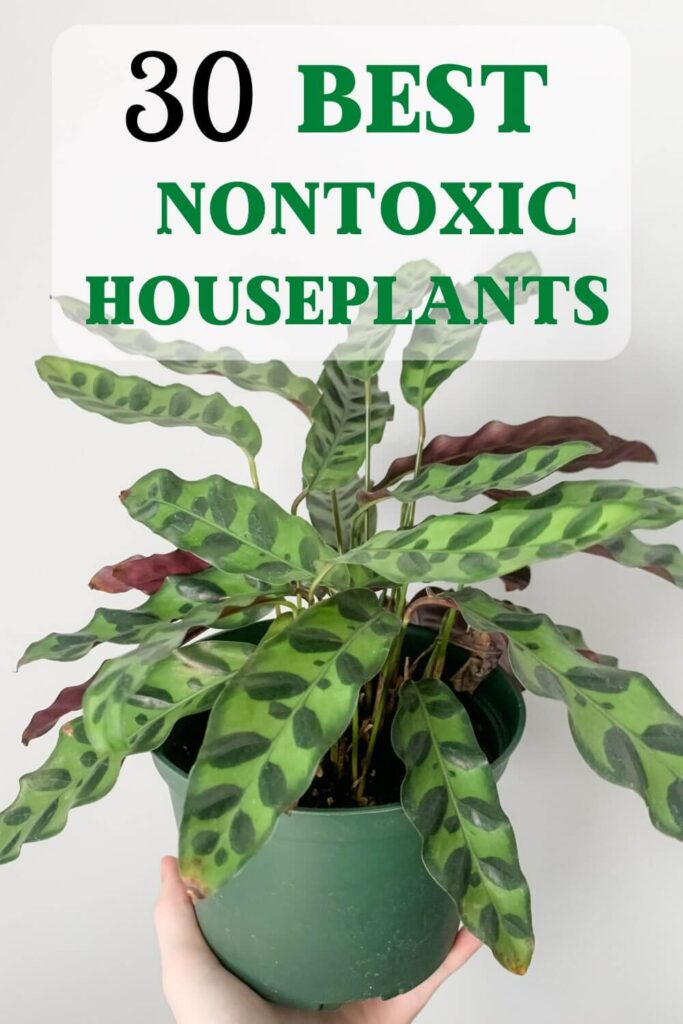
25. Venus fly trap. Venus fly traps are relatively easy to care for, despite their unique feeding abilities. In the wild, Venus fly traps have been known to live 20 years or more. To care for them, give them a spot in bright, indirect light with lots of humidity. They thrive in terrariums, where humidity is more easily managed. Venus fly traps need soil that stays damp but drains well, such as a mixture of 1/3 sand and 2/3 coconut coir. Water with distilled or mineral water, not tap, often enough to keep the soil moist, but not wet.
26. Inch plant. The inch plant, formerly known as a Wandering Jew, is one of the easiest houseplants to propagate and grow. I have one that I’m constantly cracking cuttings of, rooting in water, and passing off to unsuspecting friends! Haha. I kid. They love them! The ease in which the inch plant can be propagated and shared from house to house is how it came to have its former name. Aside from its ease in propagation, it’s also super easy to care for. Inch plants need bright, indirect light for their pretty purple markings. Too little light and the color will fade, too much and their leaves can burn. Keep the soil evenly moist and mist the leaves in winter. Inch plants can grow quite leggy after a year or so. Pinching them back by ¼ and starting all new plants with cuttings are the best way to keep your inch plants looking full and healthy.
You may also like:
27. Polka dot plant. Polka dot plants are cheerful little houseplants with variegated leaves in shades of pink, , purple, white or red, although pink is the most commonly found variant. Polka dot plants are commonly grown as outdoor annuals, but they make bright, fun indoor plants, as well. Give them a spot with medium to bright light and keep the soil evenly moist.
28. Sempervivum calcareum. Sempervivum calcareum, also known as house leeks or hen and chicks, are attractive succulents that grow in a rosette shape. The coloring of sempervivum calcareums are especially lovely, with a blue-green color at the base of the rosette that darkens to a reddish-brown at the leaf tips. They can be grown both indoors and outdoors successfully and are great for containers. To grow sempervivum calcareum indoors, give them as much light from a bright, sunny window as possible. 8+ hours is ideal. Allow the soil to completely dry out between waterings.
29. Lemon coral sedum. I love me some lemon coral sedum in my outdoor mixed planters. It is a champ in the outdoor garden, in all kinds of conditions. But did you know you can grow lemon coral sedum indoors, as a nontoxic houseplant? Although lemon coral sedums are succulents, they’re much more tolerant of soil and water conditions than traditional succulents. Allow the soil to dry out between waterings, but they can tolerate occasional overwatering. Give them bright, indirect light for a mounding growth habit.
30. Bromeliad. Bromeliads are a striking houseplant, and coke in a range of bright colors. They can be found in shades of pink, red, orange and yellow. Bromeliads need bright, indirect light and lots of humidity. Spritz your plant regularly, especially in winter, or provide a pebble filled tray with water. Bromeliads prefer their soil on the drier side. Water every 1-2 weeks in summer, and 2-3 weeks in winter.
There you have it, 30 nontoxic houseplants that are safe for kids and pets! If you’re anything like me, this list has given you the itch to head to the garden center for some new houseplants. Just be sure to keep this list handy when you go shopping!
FAQ
Are snake plants non-toxic?
Snake plants are mildly toxic, and can cause swelling or numbness of the tongue if eaten in large amounts. It’s best to keep them away from your furry friends or curious children, or replace with a non-toxic houseplant of choice.
Are pothos plants toxic?
All parts of the pothos plant are toxic, and contain needle-like crystals that can cause pain and a burning sensation if chewed or swallowed. They can also cause swelling of the lips, mouth, tongue and throat.
Are monstera toxic?
Philodendron, and monstera, are mildly toxic to humans, and toxic to dogs and cats. They can cause pain and swelling of the lips, mouth and tongue, excessive drooling, vomiting, and difficulty swallowing.


